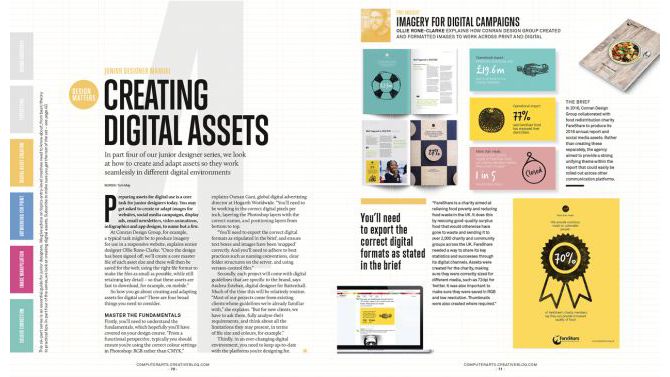Choosing the right application to develop
- How much will the app cost?
- What is the function of the app?
- Is it an original idea and will stand out?
- Which market and size will the app target?
- Is it an app other developers can imitate easily?
- Is the app easily discoverable and downloadable?
Getting the app funded
You’ll need to attract funding from an investor or a financial institution. Based on the nature of an application, a fully developed app may cost between $3,000 and $150,000. If a developer raises the required funds, they would have to ensure that the amount is enough to finance the app development from start to finish. Finding a source to fund your custom mobile app development is not a walk in a park.Battery life Vs app performance
To ascertain the result and fix it, developers usually run the check twice. They also tweak the features to make sure battery performance is excellent with the app. Building a bug-free app with high-performance and without any excess power consumption is a challenge.To counter the problem, developers test battery performance to see how well their app consumes power. Developers also struggle with ensuring that their new app won’t be subject to overheating. Those still using previous versions of device OS, still have battery life issues. They release a Beta version and examine the pace at which the app drains the device to make sure it’s not too quick.
Simplicity and user-friendliness
Users generally appreciate the performance of apps based on how simple and user-friendly they are compared to others. If an app’s mobile design is heavily complex, mobile app fanatics will most often disregard it. Their only solution would be to switch to an alternative app with an easy-to-use design.Developers have noticed it, and their response is to build simply designed apps that offer an impressive user-friendly experience. This will include customizable features as well as functionalities. So, creating an app with so much focus on simplicity and user-friendliness is very challenging because of the need for competitively advanced functions.
The security of the app
Developers have to deal with how they shall always ensure regular and timely fixes and updates whenever they get user feedback on issues. It is an essential aspect that helps the app company to retain user confidence. Security is a very vital component of the success of all apps and comes at a high cost too, which is challenging. Thinking about how secure an app is, remains a big deal for users and therefore developers too.Hackers, viruses, malware, software, and hardware fragmentations are some of the most challenging security issues every application must have a real solution for. No one trusts an application vulnerable to security threats. In any mobile app development plan, data and information security are considered pivotal. This aspect always poses a big challenge because hackers are also working day and night to try to break into every digital security barrier.
Volatility and limited lifespan
Like most modern-day technology products, mobile apps evolve pretty quickly. The reason is that user behavior in the mobile app industry doesn’t favor sticking to one product when the latest alternatives are accessible.This implies that the lifecycle of any web app ideas you create is limited to when another developer creates a superior alternative. Most digital solutions can be everyone’s favorite, but once another latest and more advanced bigger player emerges and gets more appreciation from users, the other one becomes obsolete and forgotten so soon.


















